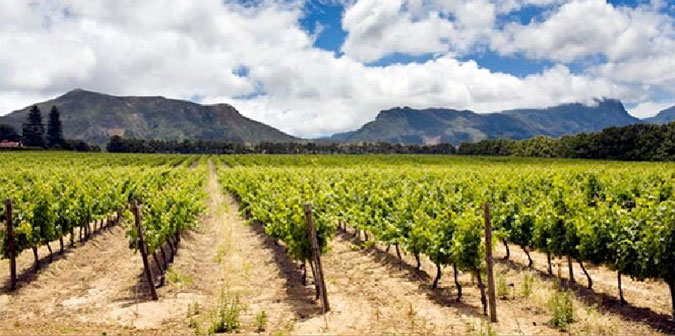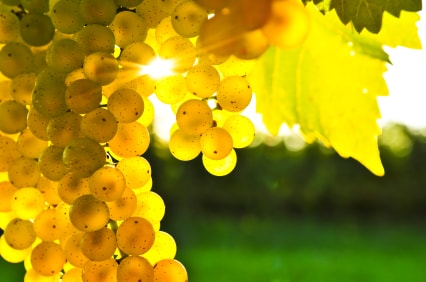
Dry ice plus works with some of the leading wine producers in Greece. At the same time, we co-operate with smaller units, advising and providing solutions in different stages of the production process.
The experience we have gained, and the partnerships we have developed with prominent oenologists, give us the opportunity to know the quantities of dry ice required at each stage of the wine production, but also the most appropriate way to use dry ice.
For more information, contact us.
Dry Ice is used at various stages of the wine-making process.
The benefits of the use of dry ice to wetting are as follows:
- slows initial fermentation rate
- prevents bacterial growth
- the CO2 gas displaces the oxygen surrounding the grapes, reducing grape wearing by oxidation and the risk of deterioration due to oxygen
- has no effect and does not contribute to the humidity levels of the wine
- helps to produce more organoleptic wine in relation to traditional fermentation methods
- helps the production of wines with better soil quality, aroma, taste and texture
In addition, dry ice is used to transport grapes from their vineyards, preventing exposure to high temperatures and the start of fermentation or rapid fermentation. As in the production stage, dry ice reduces the possibility of deterioration due to oxidation and maintains the quality of the grapes.
Finally, with regard to tanks, the CO2 gas resulting from the sublimation of dry ice is heavier than air, and therefore accumulates at the bottom of the tank. In doing so it creates an environment which fights bacteria that derived from grapes, until the time of controlled fermentation.



